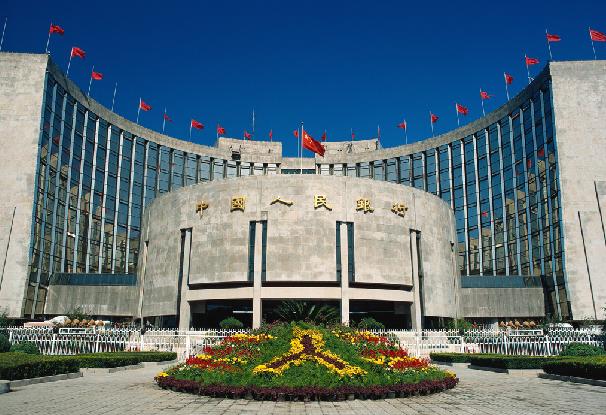Central bank cuts reserve ratio
|
|
|
China's central bank announced to lower banks' reserve requirement ratio (RRR) on Saturday. [File Photo] |
China's central bank announced on Saturday that it will?lower banks' reserve requirement ratio by 50 basis points starting from February 24, as part of the government move to fine-tune macroeconmic policy amid current economic gloom.
The cut, the second of its kind in three months, will drop the RRR to 20.5 percent for large commercial banks and 17 percent for mid- and small-sized banks, the People's Bank of China (PBOC) said in a statement on its website.
The move will release an estimated 400 billion yuan (63.54 billion US dollars) in capital into the market.
The PBOC in December cut the RRR by 50 basis points for the first time since December 2008, after hiking the RRR six times last year in an effort to check inflation.
"It shows that the focus of country's policy is directing from containing prices to stabilizing growth, which is also in line with the government's intent to fine-tune macroeconomic policy in the first quarter," said Li Daxiao, director of the Yingda Securities Research Institute.
Premier Wen Jiabao said last week that the government is paying close attention to the economic situation in the first quarter of this year and fine-tuning of macro policies should begin in the first quarter.
Zhao Qingming, a senior researcher with China Construction Bank, shared with this view, saying that the cut is the government's fine-tuning move, which aims to secure growth as current economic prospects remain gloomy.
The economy has been slowing last year caused by a shrinking external market and the government's tightening measures to contain runaway inflation.
China's economy expanded by 9.2 percent year-on-year in 2011, with its GDP growth rate dropping to a 10-quarter low of 8.9 percent in the fourth quarter, according to the National Bureau of Statistics (NBS).
"The cut will help inject liquidity into the banking system, increase banks' lending capability, and strengthen support to the real economy," said Lian Ping, chief economist at the Bank of Communications.
The country's banking system has been put under credit squeeze as both new loans and foreign exchange funds, main sources of market liquidity, dropped over recent months.
PBOC data showed the new yuan-denominated lending decreased by 288.2 billion yuan year-on-year to 738.1 billion yuan in January, much lower than the 1-trillion-yuan growth predicted by many economists.
The yuan funds outstanding for foreign exchanges fell by 100.3 billion yuan from November to 25.36 trillion yuan in December, also triggering concerns of capital outflow.
"The cut is to meet the large credit demand which usually occurred in the first quarter of the year," said Zuo Xiaolei, chief economist at China Galaxy Securities.
The country's credit and investment demands are returning to a normal level as the government directs its monetary loosening to middle- and small-sized enterprises (SMEs) as well as the low-income housing projects, Zuo said.
The government has repeatedly stresses its efforts to back development of SMEs. In its latest move, Shang Fulin, chairman of the country's banking regulator, on Thursday asked commercial banks to support SMEs.
The government also aims to build 36 million low-income housing units by 2015, and construction has already started on 10 million units in October.
As the market wonders whether the cut signals a stance change in the country's macro-economic policy, most analysts agreed that the "prudent" monetary policy adopted by the government since last year has not changed.
Pan Xiangdong, another analyst with China Galaxy Securities, expected another one to two RRR cuts in the first half of the year, but the government will check situations in foreign exchange funds, market liquidity and inflation.
In a quarterly report on the country's monetary policy, the PBOC said the inflation growth has been contained, but warned that the guard against inflation should not be off, indicating that it will carefully proceed its monetary policies while keeping inflation in check.
The consumer price index, a main gauge of inflation, rebounded to 4.5 percent in January after easing to a 15-month low of 4.1 percent in December. But it still grew 5.4 percent year-on-year in 2011, above the government's full-year control target of 4 percent.


